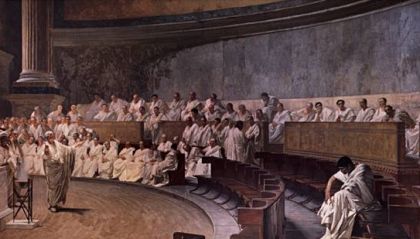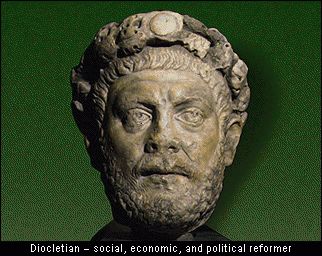The early Romans were a practical and conservative people whose political organization evolved very slowly; as a result, there was considerable continuity from the time of the monarchy to the republic.

After the overthrow of the Tarquin monarchy by Junius Brutus in 509 BC, Rome does not revert back to a monarchy for the rest of its history. The era of the great expansion of Roman power and civilization is the era of the Roman Republic , in which Rome is ruled by its Senate and its assembly, which were institutions formed at the beginning of the monarchy.
The Romans had at the beginning of the Republic a constitution which had laid down the traditions and institutions of government; this constitution, however, was not a formal or even a written document, but rather a series of unwritten traditions and laws. These traditions and laws were based on the institution of a monarchy, so while the Romans did not revive the monarchy, they still invested enormous amounts of power in their officials. At the top were the consuls , who were two patricians elected to the office for one year. These patricians exercised imperium in much the same way the kings had in the Roman monarchy. These consuls initiated legislation, served as the head of the judiciary and the military, and served as chief priests to the nation. They even dressed as monarchs, by wearing purple robes and sitting on the seat traditionally reserved for the monarch: the ivory chair.


In the Roman Republic, the principles of annuality (holding office for a term of only one year) and collegiality (holding office with at least two men at the same time) were usually observed. [Back to History]

